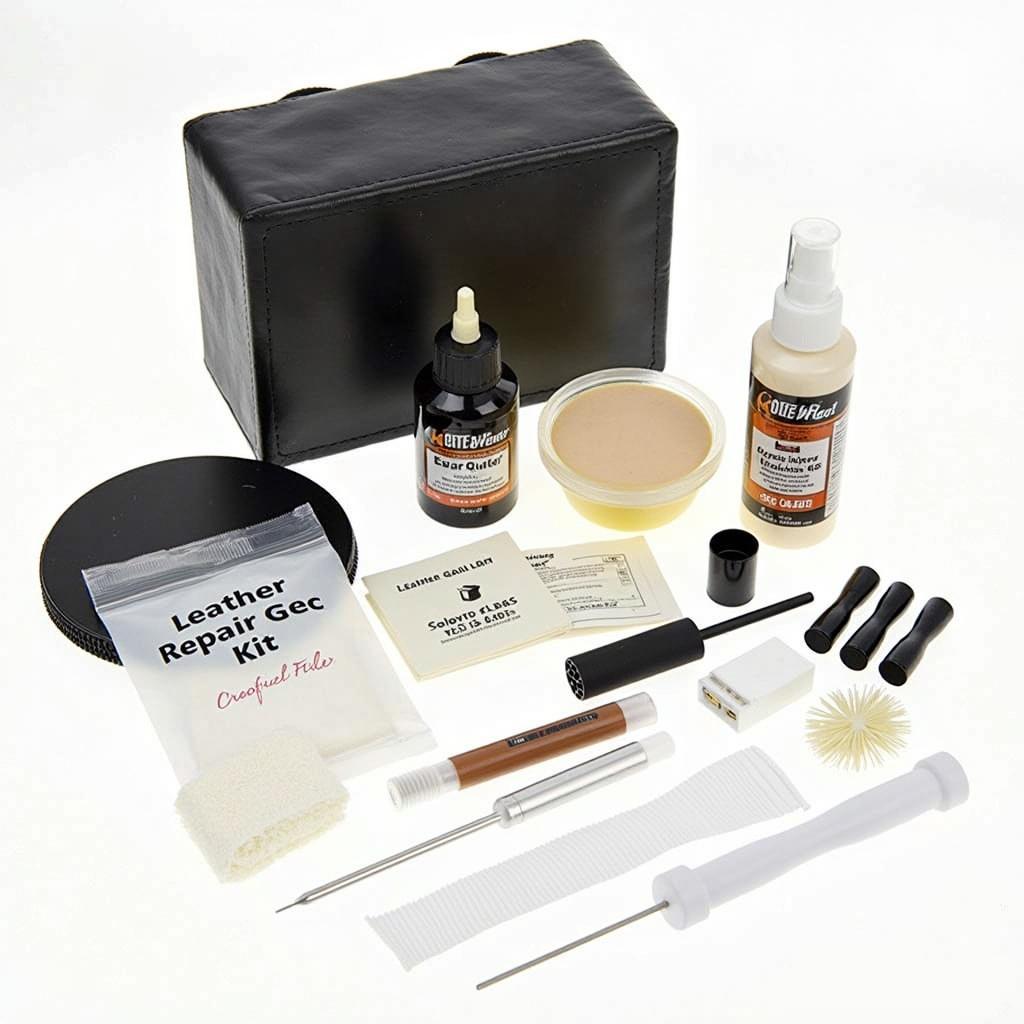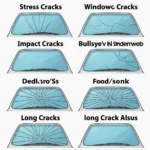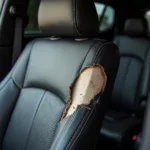Maintaining a pristine car interior enhances your driving experience and preserves your vehicle’s resale value. Among the various interior components, car seats often bear the brunt of daily wear and tear. From accidental spills to the gradual effects of UV exposure, your car seats can quickly lose their luster and structural integrity. This guide delves deep into the intricacies of car interior seat repair, equipping you with the knowledge and resources to restore your seats to their former glory.
Common Car Seat Issues and Their Causes
Before diving into repair techniques, it’s crucial to identify the type of damage your car seats have sustained. Here’s a breakdown of common car seat issues and their typical causes:
- Cracks and Tears: Often caused by sharp objects, rough use, or prolonged exposure to sunlight, leading to material degradation.
- Burns: Cigarette burns are a common culprit, but even hot objects briefly placed on the seat can leave unsightly marks.
- Stains: Spills from food, beverages, or ink can leave stubborn stains, especially on fabric seats.
- Fading and Discoloration: Prolonged sun exposure can cause the color of leather and fabric seats to fade over time.
- Wear and Tear: Friction from regular use can lead to thinning, pilling, or fraying of the seat fabric, especially on the driver’s seat.
DIY vs. Professional Car Interior Seat Repair
Deciding whether to tackle car seat repair yourself or seek professional help depends on several factors:
DIY Repair:
- Advantages: Cost-effective, allows for personal satisfaction, and offers a quicker solution for minor repairs.
- Disadvantages: Requires time, effort, and some level of skill. Using incorrect techniques or materials can worsen the damage.
Professional Repair:
- Advantages: Expertise in handling various materials and damage types, access to specialized tools and products, and guarantees on the repair work.
- Disadvantages: More expensive than DIY, may require leaving your car at the shop for a few days.
How to Repair Different Types of Car Seat Damage
Let’s explore how to address specific car seat issues:
1. Repairing Cracks and Tears
- Leather Seats: For minor cracks, leather fillers and sealants can be effective. For larger tears, consider using a leather patch adhered with leather adhesive. how to repair a seat leather car
- Fabric Seats: Small tears can be mended using fabric glue or a patch. Larger tears might necessitate professional reupholstery or seat cover replacement. how can i repair a torn cloth car seat
2. Fixing Burns on Car Seats
- Cigarette Burns: how to repair car seats for cigarette burns
- Other Burns: For minor burns, lightly sanding the affected area and using a leather or fabric filler might suffice. Severe burns often require professional attention.
3. Removing Stains from Car Seats
- Fabric Seats: Act fast! Blot spills immediately to prevent the stain from setting. Use appropriate fabric cleaners or DIY solutions like baking soda paste for stain removal.
- Leather Seats: Wipe spills gently with a damp cloth. For stubborn stains, use a leather cleaner specifically designed for your seat’s type of leather.
4. Addressing Fading and Discoloration
- Leather and Fabric Seats: Regular cleaning and conditioning can help prevent fading. Consider using UV protectants on your seats and dashboard. For significant fading, professional dyeing might be necessary.
5. Dealing with Wear and Tear
- Fabric Seats: Use seat covers to protect seats from further wear. For worn-out areas, consider patching or professional reupholstery.
- Leather Seats: Regular cleaning and conditioning are crucial. For significant wear, consider leather repainting or restoration by a professional.
Essential Tips for Car Interior Seat Repair
- Identify the Material: Different materials require specific cleaning and repair products.
- Test Products First: Always test cleaning and repair products on a hidden area before applying them to the visible damage.
- Follow Instructions: Adhere to the manufacturer’s instructions for all products used.
- Be Patient: Repairing car seats takes time and precision. Don’t rush the process.
Quotes from Car Repair Experts
“Prevention is key to maintaining your car’s interior. Regular cleaning, conditioning, and using seat covers can significantly prolong the life of your seats.” – John Smith, Senior Auto Upholstery Technician.
“When in doubt, consult a professional. We have the experience and tools to handle complex repairs and ensure a factory-finish result.” – Jane Doe, Owner of ABC Auto Upholstery.
Conclusion
Car interior seat repair is an essential aspect of car maintenance, preserving your vehicle’s aesthetics, comfort, and value. By understanding the common types of seat damage, repair techniques, and preventive measures, you can keep your car’s interior looking its best for years to come. Whether you opt for DIY solutions or seek professional help, prioritize using the right products and techniques to achieve optimal results for your car interior seat repair.



